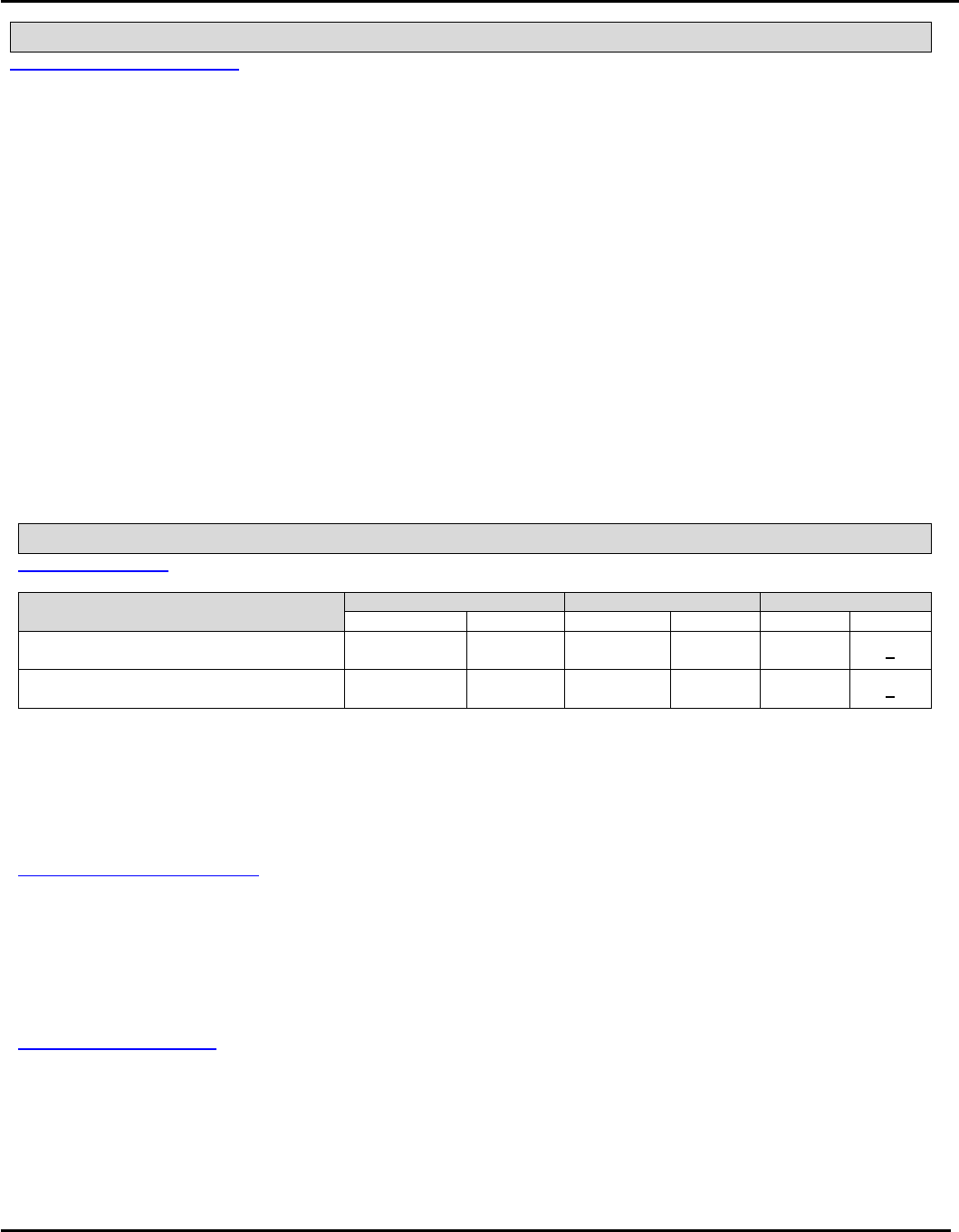SDS

TTI 2-CYCLE WITH ETHANOL SHIELD April 29, 2015
Page 4 of 8
Section 7. Handling and Storage
Precautions for safe handling
Protective measures: Eye protection and face shield should be used if material is used under conditions that
increase the chances of splattering. Put on appropriate personal protective equipment (see
Section 8). Keep out of reach of children.
Advice on general
occupational hygiene: Do not get in eyes, on skin or on clothing. Eating, drinking and smoking should be
prohibited in areas where this material
is
handled, stored and processed. Wash
thoroughly after handling. Remove
contaminated
clothing and protective equipment
before entering eating areas.
See also Section 8
for
additional information on hygiene
measures.
Conditions for safe storage,
Including any incompatibilities: Store in accordance with local regulations. Store in original container protected
from
direct sunlight in a dry, cool and well-ventilated area, away from incompatible
materials,
strong oxidizing agents
(see Section 10) and food and drink. Keep away from heat,
sparks, flame and other sources of ignition (i.e., pilot lights, electric motors and static
electricity). Keep container tightly closed and sealed
until ready
for use. Containers that
have been opened must be carefully resealed and kept
upright
to prevent leakage. Use
appropriate
containment
to avoid environmental
contamination. Avoid contaminating soil
or releases into sewage or drainage systems and bodies of water.
Bulk material handling:
Static Hazard: Electrostatic charge may accumulate and create a hazardous condition
when handling this material. To minimize this hazard, bonding and grounding may be
necessary but may not, by themselves, be sufficient.
Section 8. Exposure Controls/Personal Protection
Control parameters
Occupational Exposure Limits
Chemical name
ACGIH
OSHA
NIOSH
TLV
STEL
PEL
STEL
TWA
Ceiling
Lubricant Base Oil (Petroleum)
Highly refined mineral oils (C15-C50)
5 mg/m3
(mist)
10 mg/m3
(mist)
5 mg/m3
(mist)
_
_
_
Distillates (Petroleum), Hydrotreated, light
(Naphtha) 64742-47-8
200 mg/m3
(non-aerosol)
_
_
_
_
_
Appropriate engineering controls: Good general ventilation should be sufficient to control worker exposure to airborne
contaminants. Emergency shower and eyewash station.
Environmental exposure controls: Emissions from ventilation or work process equipment should be checked to ensure
they
comply with the requirements of environmental protection legislation. In some
cases,
fume scrubbers, filters or engineering modifications to the process equipment
will
be
necessary to reduce emissions to acceptable
levels.
Individual protection measures
Hygiene measures: Wash hands, forearms and face thoroughly after handling chemical products,
before
eating, smoking and using the lavatory and at the end of the working
period.
Appropriate techniques should be used to remove potentially
contaminated
clothing.
Wash contaminated clothing before reusing. Ensure that
eyewash stations and
safety
showers are close to the workstation
location.
Eye/Face Protection: Wear safety glasses with side shields. A face shield may be necessary under some
conditions.
Skin and Body Protection
Hand protection: Wear protective gloves if prolonged or repeated contact is likely. Wear
chemical
resistant gloves. Recommended: Nitrile gloves. Consult your supervisor or
Standard Operating Procedure (SOP) for special handling instructions.
Body protection: No protective equipment is needed under normal use conditions. For non-routine
tasks, personal protection equipment for the body should be selected based on the
task being performed and the risks involved.
Other skin protection: Appropriate footwear and any additional skin protection measures should be








